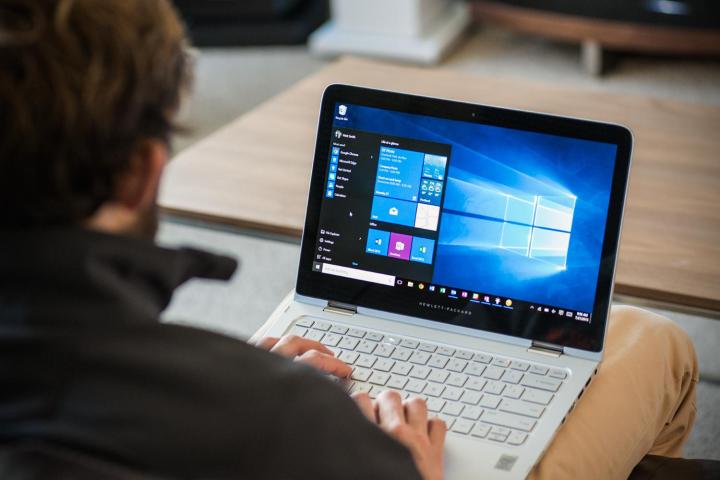
Microsoft plans to end its “free upgrade” period in July, an offer that it likely expected far more people to take advantage of. After all, Windows 10 has been shown to operate as well (if not better) than previous Windows versions on aging hardware, and there are a lot of compelling reasons to upgrade.
Add to this the fact that Apple’s install base has responded well to free operating system upgrades — within just two months of its release in September Apple’s latest OS was installed on nearly 40 percent of all Macs — and the reasons why Microsoft is having so much trouble getting the public to upgrade seem even more puzzling.
So what’s the problem? One possible explanation could be some initial bad press. Users claimed that Microsoft permitted itself to receive too much information on users’ computer activity. We explained in depth last November that those claims were by-and-large overblown, and were more a function of our increasing reliance on the cloud.
Another possibility could be the failure of Microsoft to deliver on some key promises for Windows 10. One of these was the Universal Windows Platform, Microsoft’s attempt to produce in order to unify its diverse ecosystem.
The idea is this: developers only need to develop a single application for any device whether it be a PC, laptop, smartphone, tablet, or Xbox. Your Office app would run the same on your laptop as it does your smartphone, and your new Xbox game would similarly run on your shiny new gaming PC — in theory.
The reality? Far from that. ExtremeTech reported on significant hardware compatibility issues with Gears of War Ultimate Edition, a Universal Windows Platform game, and similar issues have been reported in other titles as well.
While PC gamers are only a subset of Microsoft’s consumer base, they are a vocal minority. And these types of users are typically your early adopters: the ones as a software developer you want early on as part of your install base, as they also help evangelize your platform to others.
So what does Microsoft do? It seems as if it has a difficult decision ahead. It could move forward with its plans to end its free offer in July as anticipated. That, however, could hinder the adoption rate, which is already well below where the firm would like it to be.
Of course, Microsoft could extend the free offer, but that creates a whole different set of problems. The longer Windows remains a free upgrade, the harder it will be for Microsoft to monetize Windows in the future.
Also, while you might not be paying for Windows 10 yet, others are. The upgrade is not free for enterprise users or for computer manufacturers. At some point, these groups will start to grumble about what is essentially a double standard.
While computer manufacturers will never stop making PCs, commercial users may opt to forego their typical upgrade cycles — putting Windows 10 in the same position as versions before it: something Microsoft doesn’t want to happen.
Editors' Recommendations
- Scores of people are downgrading back to Windows 10
- Microsoft plans to charge for Windows 10 updates in the future
- Windows 11 has been causing problems with Intel graphics for months, and no one said a word
- After 10 years of headaches, I’m finally a believer in Windows on ARM
- Windows 11 might pull ahead of Windows 10 in one key way


